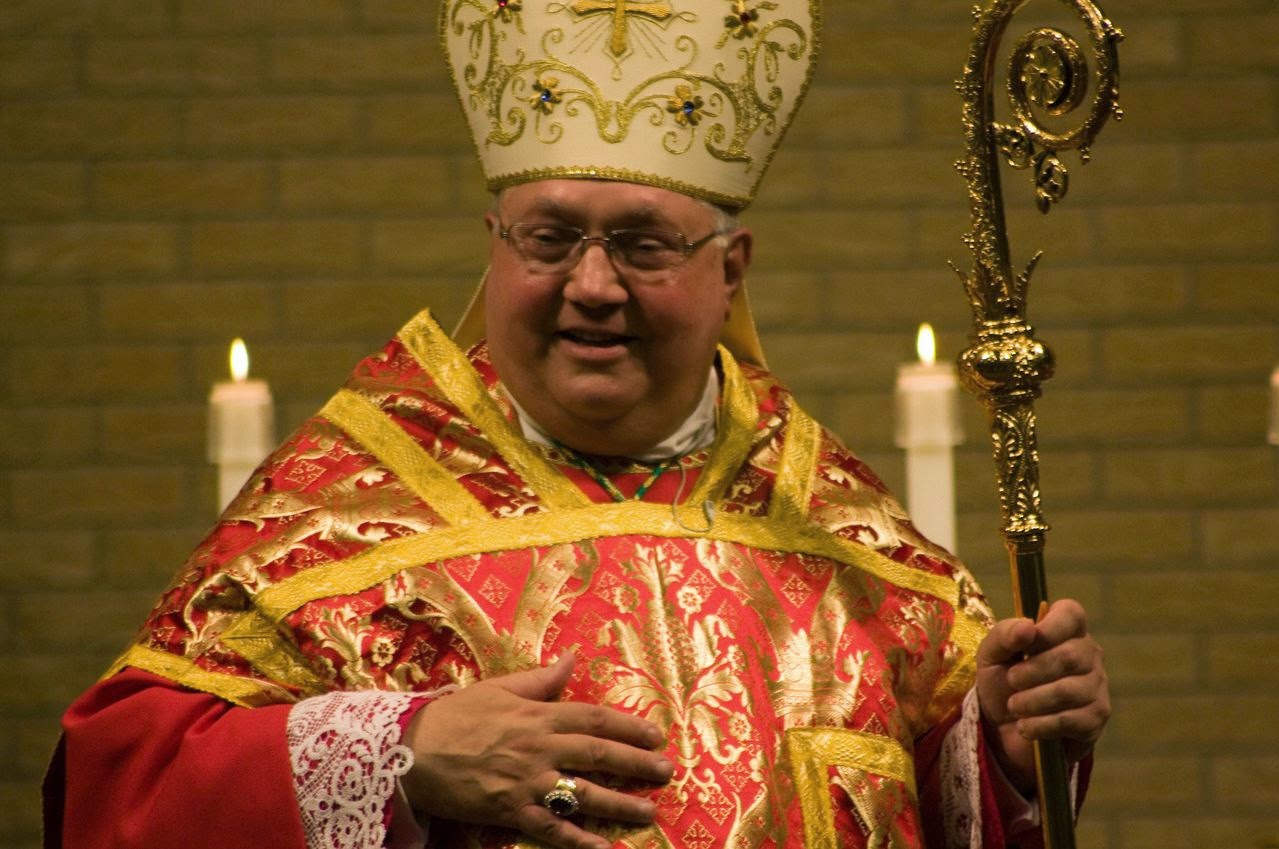This past weekend the Most Reverend Robert Morlino, Bishop of the Diocese of Madison, Wisconsin made an announcement of great liturgical importance. Going forward His Excellency will be offering all of his Masses at the Cathedral ad orientem. Make no mistake about it, this is a major development on the liturgical landscape of American Catholicism.
While Bishop Morlino is a strong supprter of the Traditional Latin Mass, and has offered it publicly on numerous occasions, his recent announcement pertains to Masses offered in the Ordinary Form of the Roman Rite.
This is the positive manifestation of Robert Cardinal Sarah’s call to action at this past July’s Sacra Liturgia Conference in London. At the time Cardinal Sarah made the following request:
“And so, dear Fathers, I ask you to implement this practice (ad orientem worship) wherever possible, with prudence and with the necessary catechesis, certainly, but also with a pastor’s confidence that this is something good for the Church, something good for our people. Your own pastoral judgement will determine how and when this is possible, but perhaps beginning this on the first Sunday of Advent this year, when we attend ‘the Lord who will come’ and ‘who will not delay’…
Dear Fathers, we should listen again to the lament of God proclaimed by the prophet Jeremiah: “they have turned their back to me” (2:27). Let us turn again towards the Lord!”
What is possibly even more inspiring than the bishop’s decision itself is the acceptance and (indeed) desire on the part of the faithful for a return to this traditional liturgical orientation. As one parishioner who was present said, there was an actual gasp from the pews when the announcement was made. “After the gasp, the Bishop said how wonderful it was that not only did we know what that means, but that he was seeing so many smiling about it. It was a truly magnificent moment!”
As we have reported previously, Bishop James D. Conley of the Diocese of Lincoln has offered all of his Masses ad orientem each of the last two Advents, also with widespread acceptance on the part of the faithful.
May the examples given by these two shepherds inspire more of their brother bishops to rise to the occasion. There is a developing momentum for this return to the historic discipline of the Church. While many in the Church seem to lack enthusiasm for it, beginning with Rome itself, a growing number of the faithful long for it.
As liturgical catechesis continues, particularly through the internet and social media, it will become easier for more dioceses to follow in the footsteps of men such as Bishops Morlino and Conley.


